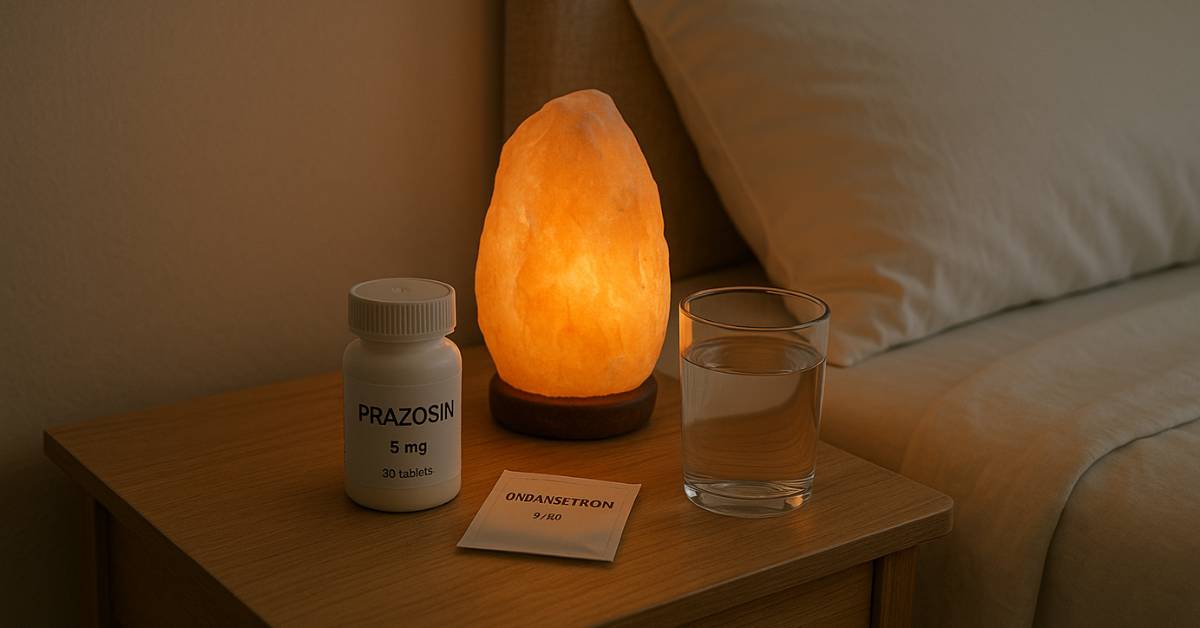
You’ve crossed Quit Day and woken up in a new reality: 72 hours without nicotine. These first three days are the most physically demanding because your brain and body are adjusting to the sudden absence of a drug they’ve relied on for years. Irritability, headaches, restlessness, trouble sleeping—these classic nicotine-withdrawal symptoms peak now, then fade. With medication support and a few science-backed strategies, you can manage the discomfort and stay on track.
24 hours: Blood carbon-monoxide levels return to normal, but adrenaline spikes can cause jitteriness or a racing heart. Cravings hit hard and fast.
48 hours: Nicotine and its metabolites have largely cleared your bloodstream. Taste and smell sharpen, yet headaches and irritability often peak.
72 hours: Dopamine receptors begin to up-regulate on their own. Coughing may increase as the cilia in your airways become active and start sweeping out debris. Most physical withdrawal symptoms crest here—relief is on the horizon.
Remember: each hour you stay smoke-free rewires those receptors toward balance.
Cravings and irritability
Breathe in for four, hold, out for four—repeat twice. Distract with a two-minute walk or chew sugar-free gum; urges rarely last longer than 120 seconds.
Headaches
Hydrate aggressively—nicotine is a vasoconstrictor, and blood-flow changes can trigger a tension headache. Drink two extra glasses of water and stretch your neck and shoulders for one minute.
Restlessness or “antsy” legs
Light exercise releases endorphins and burns off excess adrenaline. Ten jumping jacks, a flight of stairs, or a brisk sidewalk lap can settle nervous energy.
Trouble sleeping
Prazosin taken at bedtime helps blunt the “nighttime adrenaline dump.” Keep the room cool, dim screens an hour before bed, and practice a body-scan relaxation—focus on toes, calves, thighs, upward—until drifting off.
Nausea
If varenicline still riles your stomach, take it with a protein snack and use an ondansetron tablet at the first twinge. Ginger tea or a handful of crackers can help too.
Stay consistent. Even one skipped pill can widen the withdrawal window.
If anxiety feels unmanageable, headaches persist beyond standard remedies, or sleep deprivation drags past a week, contact your Qwitly clinician. Dose adjustments or brief add-on therapies (like melatonin for sleep) can close the gap without derailing your quit plan. You’re not alone—lean on your support system and the Qwitly Community Portal anytime an urge feels bigger than your toolkit.
Survive these 72 hours and you’ll feel mental clouds lifting, breaths deepening, and confidence multiplying. Next in Quitting 101: what happens during your first smoke-free week and how to lock in new habits for lasting success.